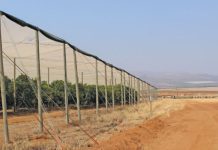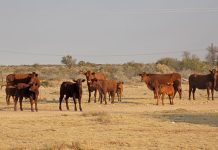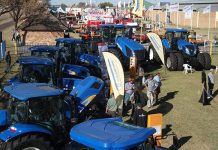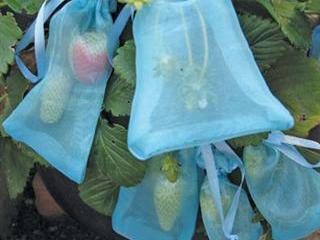THE INTERNATIONAL GRAIN SITUATION remains tight. Despite higher product prices, global demand and supply have only moved marginally nearer to one another. Extremely low stock levels have resulted in a volatile market and this will continue in coming months.
The sharp increase in grain processes during 2007 continued during 2008.
US maize traded at US7/t (R2 119/t) in April, up 20% since the beginning of the year. Rumours of a lower US crop as the result of colder weather and lower planted acreage did little to reduce maize prices. At the end of September, US No3Y maize futures (2008/12) traded at
US2/t (R1 987/t). As the size of the US maize crop is no longer in doubt, there’s very little chance of lower US prices in coming months.
Outlook for South Africa
South African maize farmers had a good 2008 crop. The Crop Estimate Committee’s final estimate is 12 million tons, nearly double the 2006/07 crop. But crop production conditions during the coming season are still unknown. The sharp increase in input prices since last year will probably have a negative impact on maize plantings. A higher wheat price also contributes to lower maize plantings.
For maize producers and users, the July 2009 futures prices remain critical. Last month, July 2009 white maize traded at R2 132/t and yellow maize at R2 127/t.
Import and export parity prices were at R2 771/t and R1 659/t. At the time of planting, maize producers should be able to hedge at a price level of at least R2 000/t. The big question for maize producers, however, remains whether it makes economical sense to plant maize at an expected price of about R2 000/t.
Production cost dilemma
Grain SA recently published their maize production cost estimates for 2008/09 for various production areas. Their cost estimate includes a comprehensive list of fixed costs allocated to the different enterprises on a farm. For the Bethal district they estimate total production cost at between
R7 701/ha for a 3t planned yield and R9 472/ha for a 5t planned yield. This is equal to a break-even price of between R2 567 for a 3t yield and R1 894 for a 5t yield. At the current July 2009 futures price of R2 132, maize production only seems viable on the high-yielding soil.
For Lichtenburg they estimate total production cost at R6 558 for a 3t yield and R7 432 for a 4t yield. In this cast the break-even prices are R2 186 and R1 858, again only providing a measly profit at the 4t yield level. Farmers need a price of R1 580 to break-even at 3t and R1 404 to break-even at 4t.
So the message from Grain SA is clear: don’t plant maize if you can’t get high yields. Unfortunately, there’s a huge difference between a short-term decision to plant maize this year or not and the longer term decision to change the enterprise combination on the farm to ensure more sustainable production.
Meanwhile all fixed costs remain fixed. Whether you plant summer grains or not, you will still have most of the fixed expenses. Wages, rations, electricity, repairs to fixed improvements, fuel for and repairs to general farm vehicles, administrative costs and so on will remain exactly the same.
In taking a summer grain planting decision for the 2008/09 crop, only variable costs are relevant.
Farmers who can cover all their variable costs, will be able to make a larger profit and have better cash flow than farmers who decide not to plant. So the focus must be on variable costs.
Are there any solutions?
In most cases, the total production cost of R5 000+ is more than the value of the land used to produce maize. This seems excessive and one has sympathy with farmers who have to decide that it doesn’t make sense to risk your total asset value on a single crop. Clearly, farmers in more marginal areas will have to rethink their farming systems. They will have to change production and diversify to include less risky enterprises. Even farmers in the high-potential crop production areas will have to look critically at their practices.
Apparently there are huge discounts of up to 33% on input prices if bought before the planting season. These kinds of savings can go a long way to make crop production profitable. In addition, technical efficiency and biological farming principles also help farmers to save on inputs and increase yields. Farmers who can manage to produce maize profitably will earn a good income in coming years. The high input costs, however, make production risky for specialised grain farmers. But only those who can successfully combine various crop and livestock enterprises will be able to have sustainable enterprises in the future.
The short-term solution remains to plant summer grains provided that the expected yield and price covers all variable costs. The longer-term solution lies in diversification and improved efficiency.
Dr Koos Coetzee is an agricultural economist at the MPO. All opinions expressed are his own and do not reflect MPO policy. |fw









